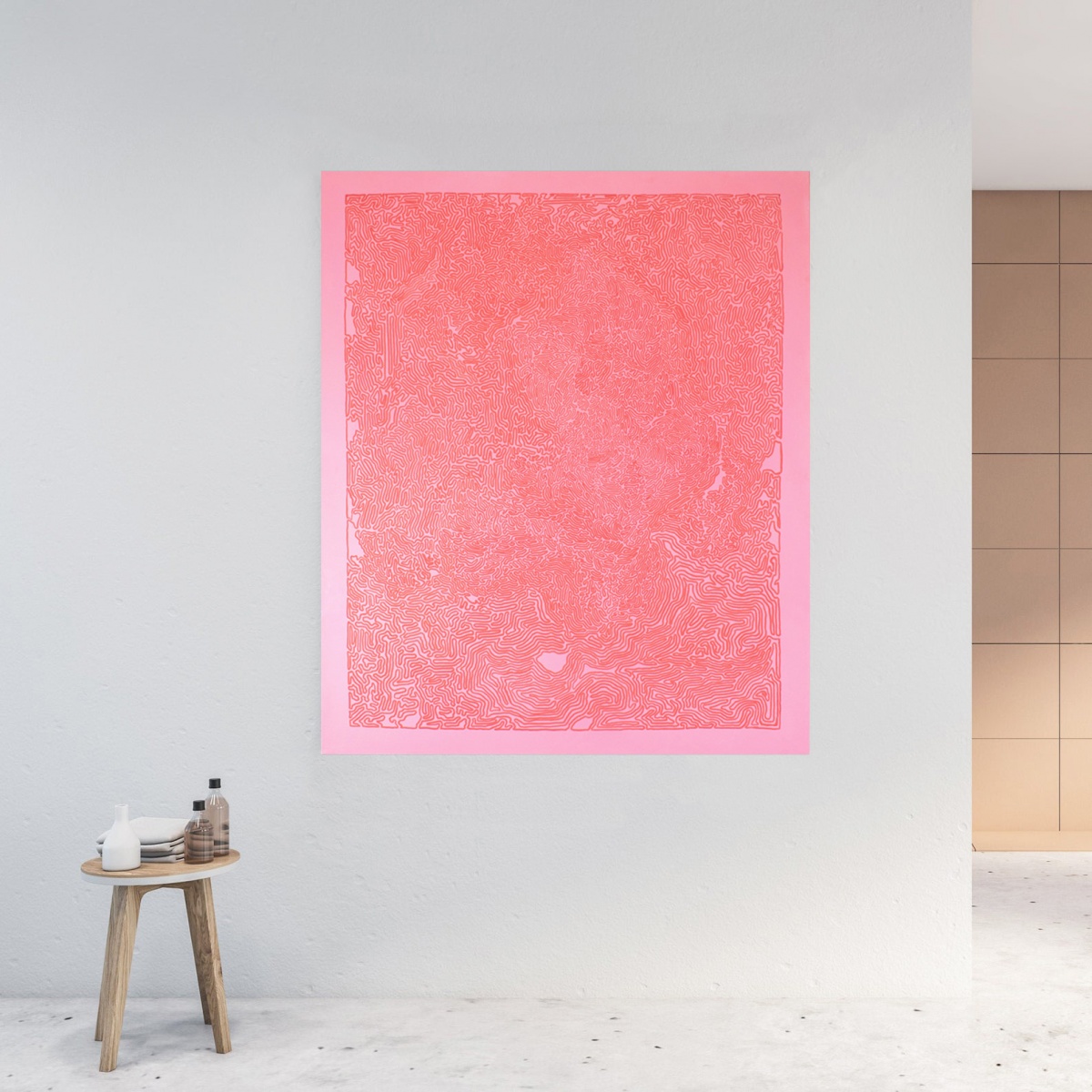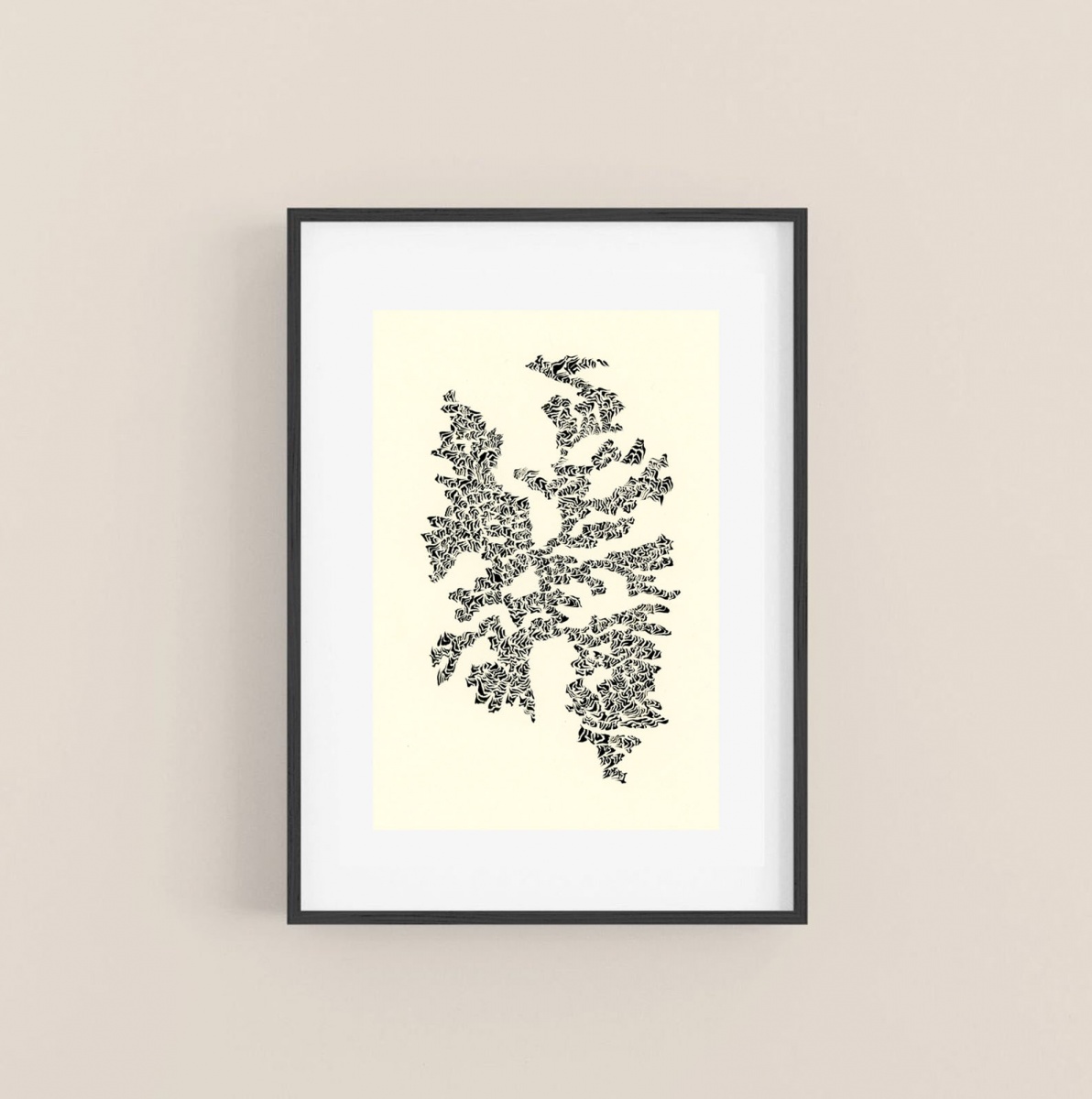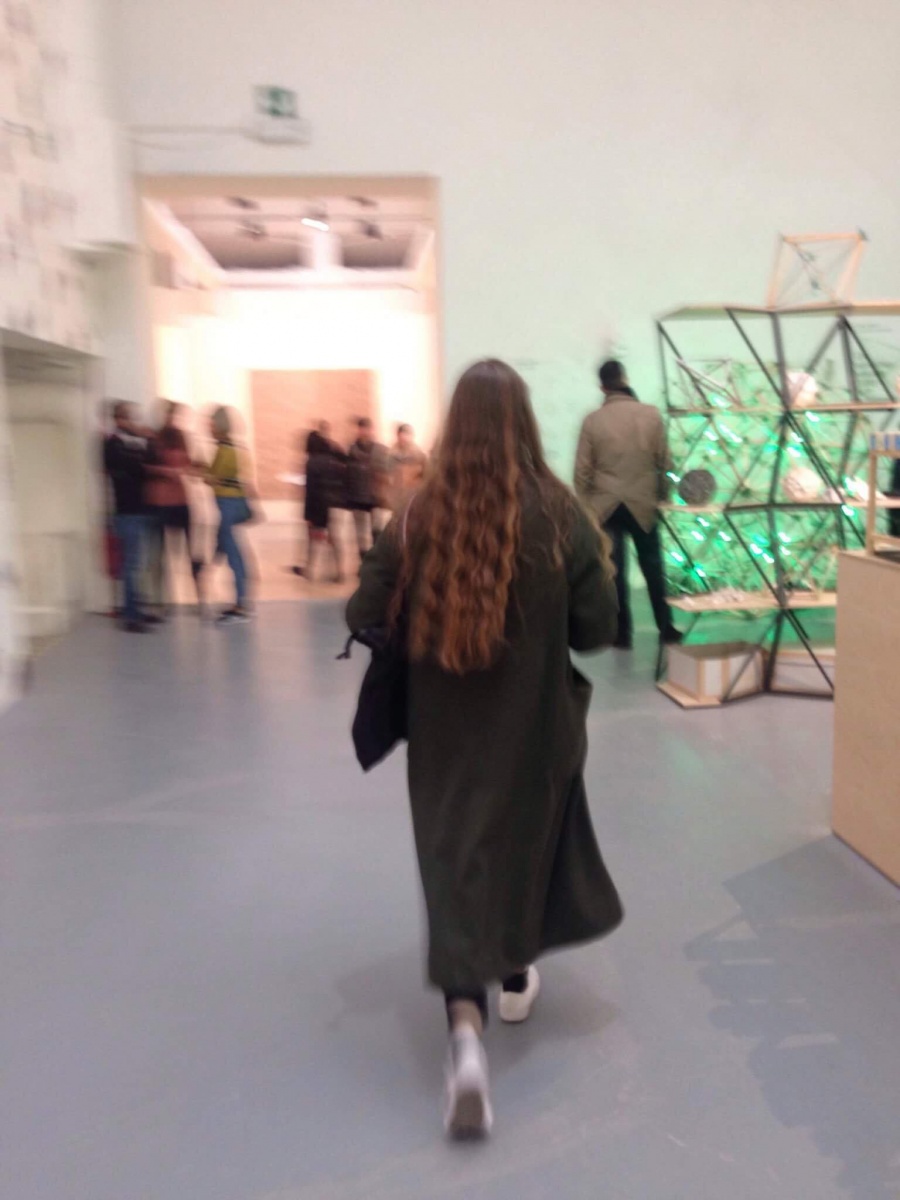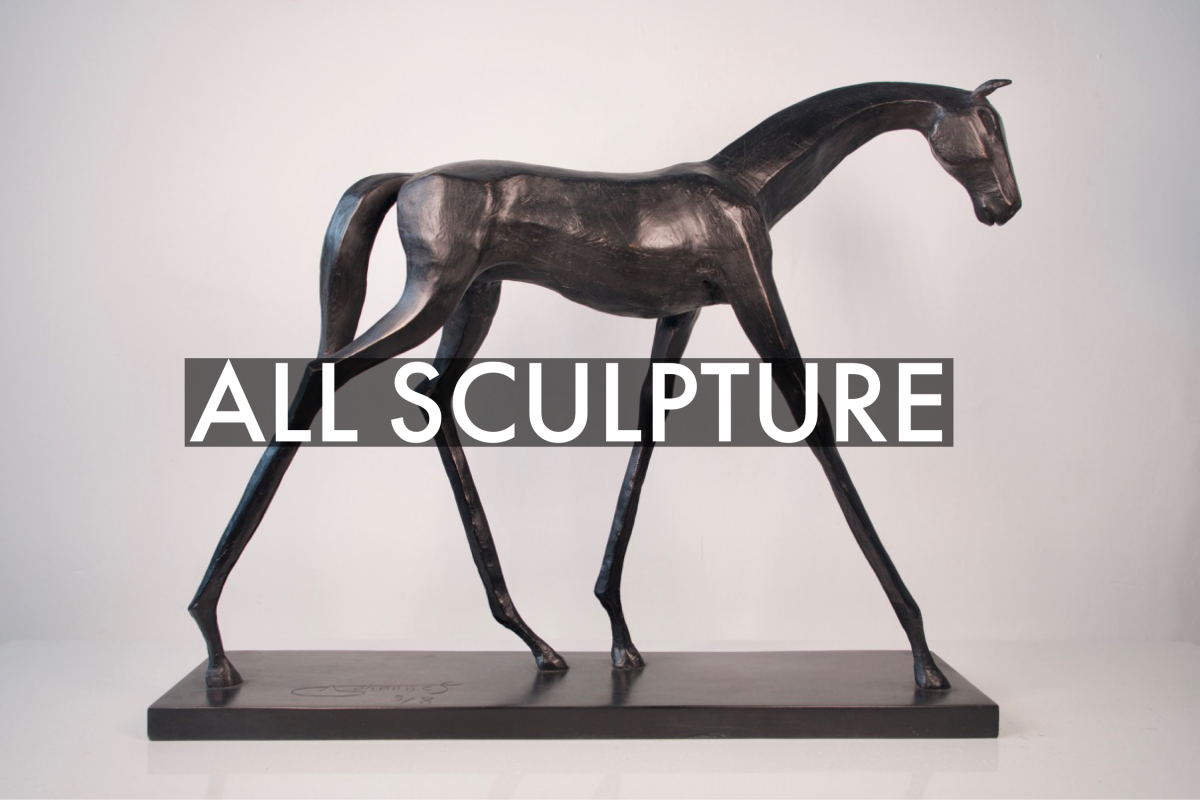Eva Priestley is an artist and illustrator based in the North of England, whose work centres around drawing and the access of deep-rooted memory through the process of doodling. Deeply influenced by the works and writings of Agnes Martin, as well as travels undertaken to Texas, Mexico and Honduras, Eva uses the medium of drawing to uncover the motifs, patterns and symbols of a personal sense of perfection, formulated through the stimuli we consume, the memories we form and the places we visit. Her work is also a study into how other practices and professions we undertake in life, as well as the languages we speak, can inform an internal vocabulary that guides an individual's mark-making. Through a distinctly minimalistic style of drawing, she aims to evoke a sense of stillness and peace that is in turn reflected to the viewer. Subjects that frequent her work include nature scenes, life drawings and abstract line art.

1) Which art movement do you consider most influential on your practice?
Definitely Minimalism and Abstract Expressionism. They’re both the languages that I “speak”. I’m all about art that makes you feel, I don’t want to be told a story but rather see something that transcends time and brings out a different experience from person to person.
2) Where do you go and when to make your best art?
Pre-covid times, I was always most inspired after being in different cities and visiting their art galleries. The freshness of it all always brought out the best art in me. Now that’s not available, I’ve been taking more walks in nature and reading lots of art books for inspiration. I usually make my best work in the summer when the world just feels more beautiful in general. Memory is an important aspect to my art too, so sometimes I have to go back to these places in my head to retrieve what I need.
3) How do you describe your 'creative process'?
Lots of sudden waves of inspiration that I flesh out very crudely in my iPhone notes, usually at night. But mostly I like to keep it open and free, with the only confinement being that I have to make sure I’m doing it regularly. Doodling is really the backbone of my practise. Sometimes when creating a piece, I’ll stop part way through, take a photo, and play with it on Photoshop or my phone to experiment with different outcomes. I’m very big on creating archives of images, which I’ve subconsciously been doing from a young age, to keep track of the forms, motifs and colours that feel most relevant to me at the time.
4) Which artist, living or deceased, is the greatest inspiration to you?
Agnes Martin. Everything she every made and wrote is golden to me. I wrote about her a lot whilst at university, and when in Amsterdam a few years back I just stumbled across one of her pieces in the Stedelijk Museum and almost burst into tears. It felt like such a serendipitous moment, especially seeing as she was so pivotal to my practise then as much as now. I call her my “spiritual grandmother”.
5) If you weren't an artist, what would you do?
I’d be working in languages somehow. It’s one of my life goals to become a polyglot, so maybe I’d be doing translation work. Otherwise, I’d love to work in archiving at a museum or a university maybe.
6) What do you listen to for inspiration?
A lot of Arabic music, especially the classical stuff. There’s a legendary Lebanese singer called Sabah, who specialised in traditional Lebanese folk music. She used to incorporate the “mawal” into her songs, which is a type of elongated oral poetry with lots of references to love and natural symbolism. They’re like a little treat in the middle of her songs. Other than that I like to listen to Japanese ambient albums from the 80’s and 90’s too if I need a bit more quiet and concentration.
7) If you could own one artwork, and money was no object, which piece would you acquire?
The choice is so hard! The no.1 pick would be Agnes Martin’s “Untitled” 1960 (the deep blue ones with the vertical lines). Otherwise, her painting “Friendship” from 1963, or the entirety of Louise Bourgeois’ collection of Insomnia Drawings. If I could purchase the Rothko chapel and just live in it, that’d be great too.
8) If your dream museum or collection owner came calling, which would it be?
It’s less of a museum, but if I could show at the Venice Biennale, that would be a career defining moment for me.
9) What is your key piece of advice for artists embarking on a fine art or creative degree today?
You have to figure out the systems that best work for you. In university, the mandatory sketchbook hindered me a lot because it felt like more work on top of the work I already had to do, and I hated writing by hand. You have to figure out the best way for you keep record of ideas, inspiration and processes to make that side of things as streamline as possible, so you have more time and energy open to creating. Now I just keep a Word document where I jot down any notes and lots of different folders full of inspiration, from artists work to screenshots from videos with nice colour palettes. Also, go to lots of galleries and utilise the library whilst you have it.
10) What is your favorite book of all time (fiction or non fiction)?
Again, such a hard choice! Wild Swans is probably the favourite – it’s a biography spanning three generations of Chinese women, from a concubine in the Imperial Palace to Communist youth to the modern day. It’s beautifully written and deals with issues such as poverty, women’s lived experience and LGBT identities.
11) If you could hang or place your artwork in one non traditional art setting, where would that be?
I’ve always wanted to do a mural, so maybe on the side of a building in a city somewhere, or in a garden or park, on a big flat vertical surface.
12) What was the biggest lesson your university course or time studying taught you?
To prioritise your physical and mental wellbeing. You can’t really do much else without it.
13) And finally, if we were to fast forward 10 years, where would we find you?
Hopefully living in Japan, making art, maybe married, maybe pregnant.
Learn more about Eva and discover her collection of Illustrations.














